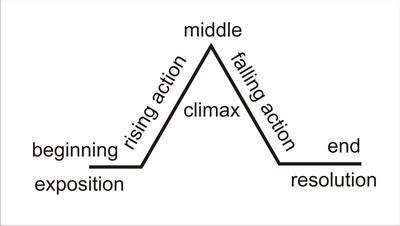
Comprehension
You know what comprehension means. You read a literary work once to figure out how all of the basic parts fit together as a story. Essentially, it's the basic understanding of:
- Composition
- Characters
- Plot of the whole passage
You think you can do this? Let's practice. For this exercise, we are going to keep things simple with a short version of everyone's favorite, 'The Tortoise and The Hare':
The Tortoise and the Hare
Step Four - Setting Analysis
Step Five - Character Analysis
Step Six - Plot Analysis
Step Seven - Author Style and Language Analysis
What about our beloved story here? Well, let's go through these ones by one.
Point-of-view
Third person omniscient means that the narrator sees the thoughts and feelings of all characters. Third-person limited is when the thoughts and feelings of only one character are revealed.
Imagery
This is the use of language to create vivid images or pictures in the reader's mind. Do we find this in 'the Tortoise and the Hare?' Nope. This story is rather short and gets to the point. Not many vivid images.
Symbolism and other literary devices
Here's where you have to be familiar with the rest of your literary devices. One that immediately jumps out at the reader involves the animals talking to each other - 'personification.'
What's the point of examining all this? It creates a more vivid picture for the reader while taking a close look at language and author choice. These are important steps that lead to final analysis.
Drawing Conclusions
In the final analysis stage, you, the reader, must consider all of the elements previously examined in order to draw conclusions.